Looking for the best mirrorless camera for low-light photography?
You’re in the right place.
In this guide, we’ll cover everything you need to know about low-light mirrorless cameras. I’ll walk you through how to choose the ideal mirrorless camera for your needs, and then highlight the top options available across all major brands and price points.
Ready to find your next camera?
Let’s dive into the best full-frame mirrorless cameras for low-light shooting, starting with:
1. Nikon Z 6II
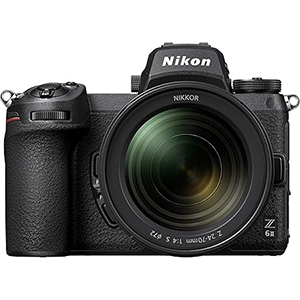
The Nikon Z6 II delivers outstanding low-light image quality alongside a range of impressive features, including in-body image stabilization and strong low-light autofocus.
As one of the top mirrorless cameras in 2024, the Nikon Z6 II combines class-leading high-ISO performance, excellent stabilization, and powerful autofocus, making it an excellent choice for both hobbyists and professionals. The price is reasonable for what it offers.
In terms of ISO performance, the Z6 II outshines even the Sony a7S III, with an ISO range from 100 to 51200. Images remain impressively clean, with minimal noise at ISO 6400 and usable results up to ISO 51200, making it a top-tier low-light performer.
The 24 MP sensor strikes a balance between resolution and file size, providing excellent image quality with enough detail for cropping and large prints. Low-light autofocus reaches -4.5 EV, allowing for shooting in near darkness, making it perfect for night street photography, events, or wildlife.
With Nikon’s intuitive design and a beautiful 3.69M-dot electronic viewfinder, the Z6 II is a joy to use. For serious photographers seeking the best low-light mirrorless camera, this is a top contender.
Pros:
- Stunning high-ISO performance
- Autofocus down to -4.5 EV
- Excellent EVF
- In-body stabilization
Cons:
- Pricey
2. Sony Alpha 7S III
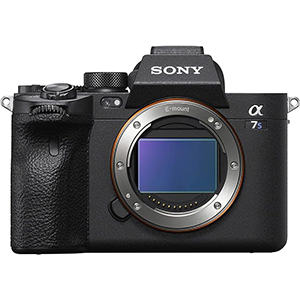
The Sony a7S III is built specifically for low-light videography, delivering exceptional performance at high ISOs, making it a must-have for videographers working in challenging lighting conditions.
For hybrid shooters and those focused on video, the a7S III stands out with its remarkable image quality, advanced video features, reliable low-light autofocus, and an extraordinary electronic viewfinder. While it’s expensive and not ideal for stills photography due to its 12 MP sensor, it’s the best option for low-light video.
The a7S III excels in 4K/120p video recording, offers a fully-articulating screen for creative angles, and includes in-body image stabilization for smooth footage. Additional pro-level video features like S-log and 240 fps shooting in HD make it a dream for videographers.
Its 12 MP full-frame sensor may not offer high resolution for stills or large prints, but it shines in low-light, producing clean images up to ISO 12800 and beyond. Combined with a wide-aperture lens, this opens up new possibilities for night or indoor shooting.
With autofocus that works down to -6 EV, and Sony’s industry-leading AF technology, this camera continues to perform in near darkness. And its 9.4M-dot electronic viewfinder delivers stunning detail, perfect for low-light shooting.
Pros:
- Excellent autofocus in low light
- Best-in-class electronic viewfinder
- Superb high-ISO performance
- 4K/120p video capabilities
Cons:
- Expensive
3. Nikon Z 50
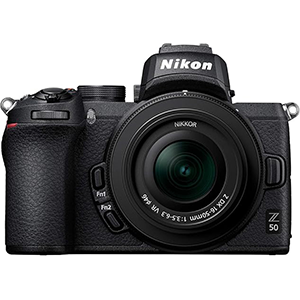
The Nikon Z50 offers impressive low-light performance and solid autofocus at an affordable price, making it a top choice for APS-C mirrorless cameras.
Priced under $1000, the Z50 stands out with Nikon’s class-leading sensor technology, capturing beautiful images even in challenging lighting conditions. While crop-sensor cameras typically struggle with high-ISO performance compared to full-frame models, the Z50 holds its own, producing clean images up to ISO 3200 and delivering usable shots at ISO 12800. This performance rivals many APS-C competitors.
For most photographers, the 20 MP sensor offers plenty of detail, unless you plan to make large crops or huge prints. The Z50 also features solid low-light autofocus, capable of focusing down to -4 EV, making it a great option for indoor and night photography. However, it lacks in-body image stabilization (IBIS), so handheld shooting in low light can be tricky without a tripod.
Other features include 11 frames per second continuous shooting and 4K/30p video recording. The 2.36M-dot viewfinder is serviceable but may feel limiting in darker conditions.
Overall, the Nikon Z50 delivers excellent image quality at a fantastic price, making it a great choice for budget-conscious photographers.
Pros:
- Affordable price
- Strong high-ISO performance for APS-C
- Autofocus works in low light
Cons:
- No in-body stabilization
4. Sony a7 III

The Sony a7 III delivers excellent low-light performance, featuring in-body image stabilization (IBIS) and Sony’s renowned autofocus technology. For those seeking a top-quality low-light camera without breaking the bank, the a7 III is an outstanding choice.
Though not a budget model, the a7 III’s According to the price tag offers great value, especially considering its well-rounded performance. It competes closely with higher-end models like the Nikon Z6 II and Canon EOS R6, holding its own in terms of high-ISO capabilities. The a7 III produces clean images at ISO 6400, 12800, and even 51200, with only a marginal difference compared to its more expensive rivals.
This makes it ideal for event, night street, and astrophotographers who need excellent low-light sensitivity. The in-body stabilization is also a plus for handheld shooting in dim conditions. While the a7 III’s autofocus isn’t the latest, it still tracks subjects well, though it only focuses down to -3 EV—adequate for most low-light scenarios.
Other features include 4K/30p video and a tilting screen for versatile shooting. The main drawback is its 2.36M-dot electronic viewfinder, which can feel limiting in low light.
Overall, the Sony a7 III is a powerful, versatile camera that balances excellent low-light performance with a reasonable price.
Pros:
- Great low-light image quality
- Reliable autofocus
- Good price for its features
Cons:
- Low-resolution EVF
- Autofocus down to -3 EV
5. Fujifilm X-T4
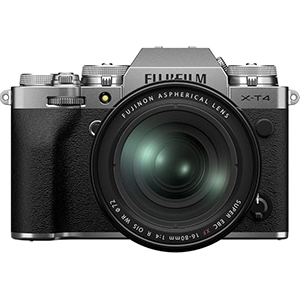
The Fujifilm X-T4 is a professional-grade APS-C camera that excels in low-light photography, featuring in-body image stabilization (IBIS), impressive low-light autofocus, and a sharp electronic viewfinder (EVF). For photographers seeking a powerful yet affordable camera that delivers exceptional results, the X-T4 is an excellent option.
With its sleek design and ergonomic handling, the X-T4 is a joy to use. Its 26 MP sensor provides more resolution than many competitors, like the Nikon Z50 and Sony a7 III, offering extra flexibility for cropping and printing. While its high-ISO performance isn’t quite as strong as the Z50, the X-T4 delivers usable images at ISO 6400 and even 12800.
Autofocus is another highlight, with the X-T4 able to focus down to an astonishing -7 EV, making it a standout performer in near-darkness. For action shooters, the X-T4 offers impressive continuous shooting speeds of up to 20 frames per second with the electronic shutter.
In-body stabilization ensures sharp handheld shots in low light, and the 3.68M-dot EVF enhances the overall shooting experience. Although the X-T4 is pricier than some APS-C rivals, it justifies its cost with pro-level features, including 4K/60p video, dual card slots, and a fully articulating touchscreen.
Pros:
- Gorgeous image quality
- Autofocus in near-darkness
- In-body stabilization
- High-quality EVF
Cons:
- ISO performance lags behind full-frame models
Factors to Consider When Buying a Low Light Mirrorless Camera
When choosing a low light mirrorless camera, several key features should guide your decision, including:
Image Quality
First and foremost, consider the camera’s image quality. You’ll want a camera with at least 16 MP resolution, but for regular low-light use, you need something more advanced. Look for a model that performs well at higher ISOs, like 3200, 6400, and even 12800, without excessive noise. Full-frame sensors often offer superior low-light capabilities, though there are some good budget options that balance price and performance.
Also, pay attention to the camera’s dynamic range, which affects how well it captures both highlights and shadows. This can be critical, depending on your style of low-light photography.
Build and Handling
Ergonomics play a crucial role, especially if the camera is your primary tool. Choose a model that feels comfortable in your hand and suits your style of shooting. For street photographers, a compact, discreet camera may be ideal, while larger cameras might suit sports photographers.
Additionally, features like a touchscreen, articulating screen, and a high-quality electronic viewfinder are essential, especially in low-light conditions. If you often shoot in challenging environments, weather sealing and robust build quality may also be important.
Autofocus and Speed
Autofocus performance in low light varies between cameras. Some struggle to focus in dim conditions, while others can lock on in near darkness. For action photographers working in low light, fast, reliable autofocus and a high number of AF points across the sensor are key.
Also, consider the camera’s continuous shooting speed. If you’re photographing fast-moving subjects, look for models with at least 8 frames-per-second, though 10-12 fps or more is even better for capturing fleeting moments.
Video Capabilities
Mirrorless cameras generally excel in video, but if video is a priority, look for specific features. 4K recording is a must for serious videographers, with 60p being ideal. Additional features like focus peaking can help both in video and low-light still photography.

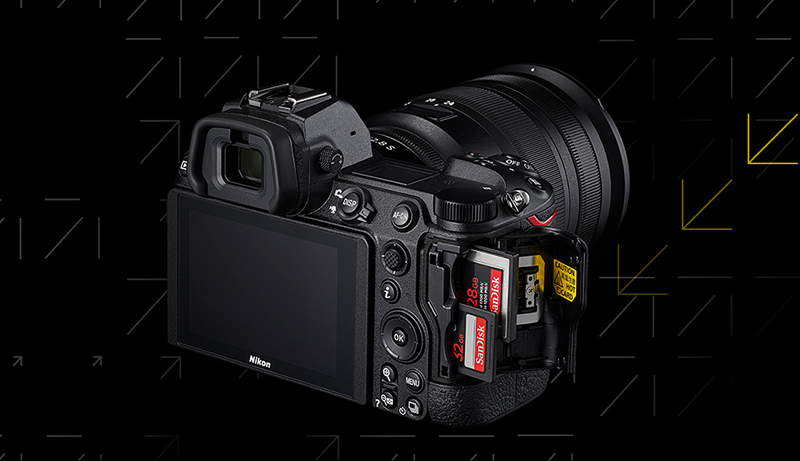
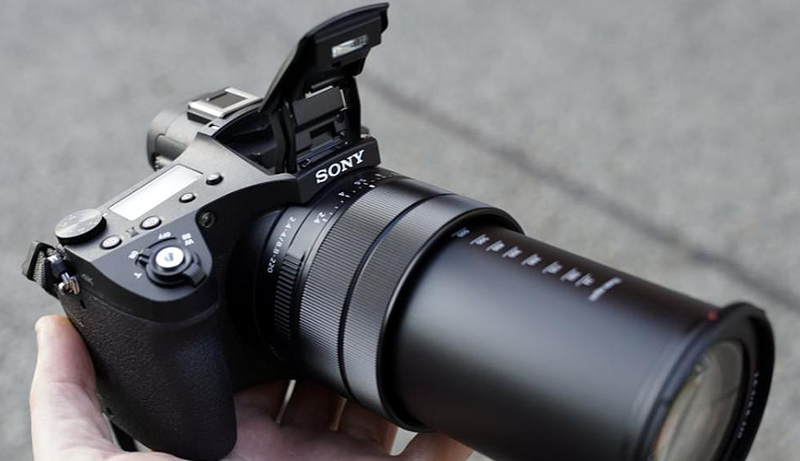
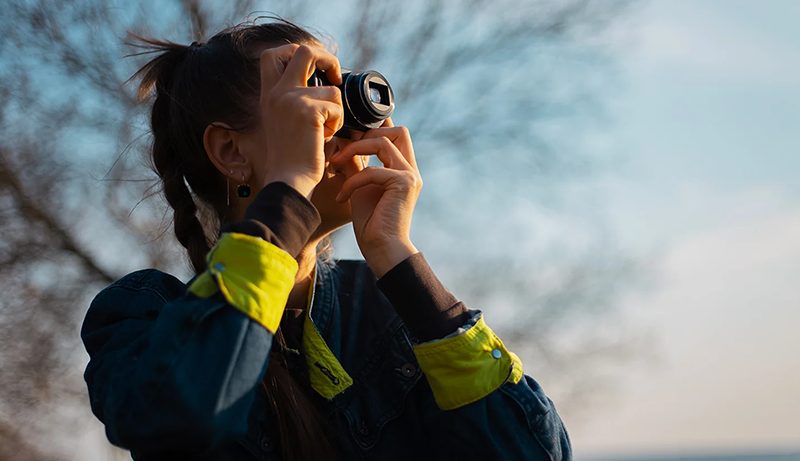
Leave a Reply